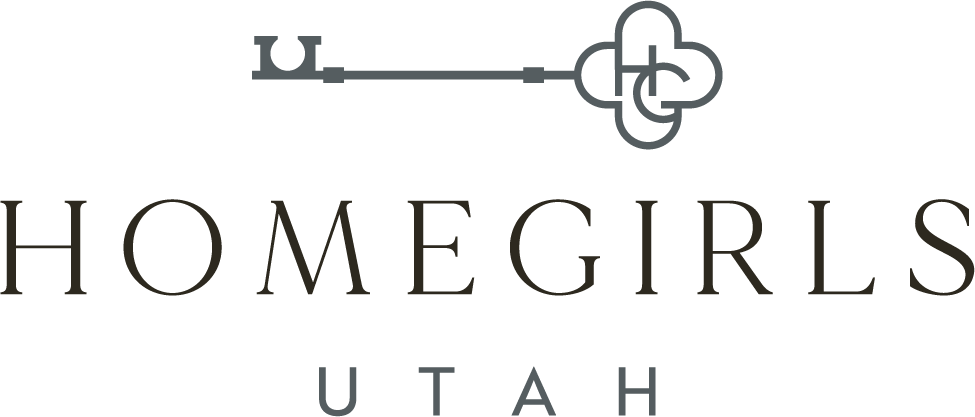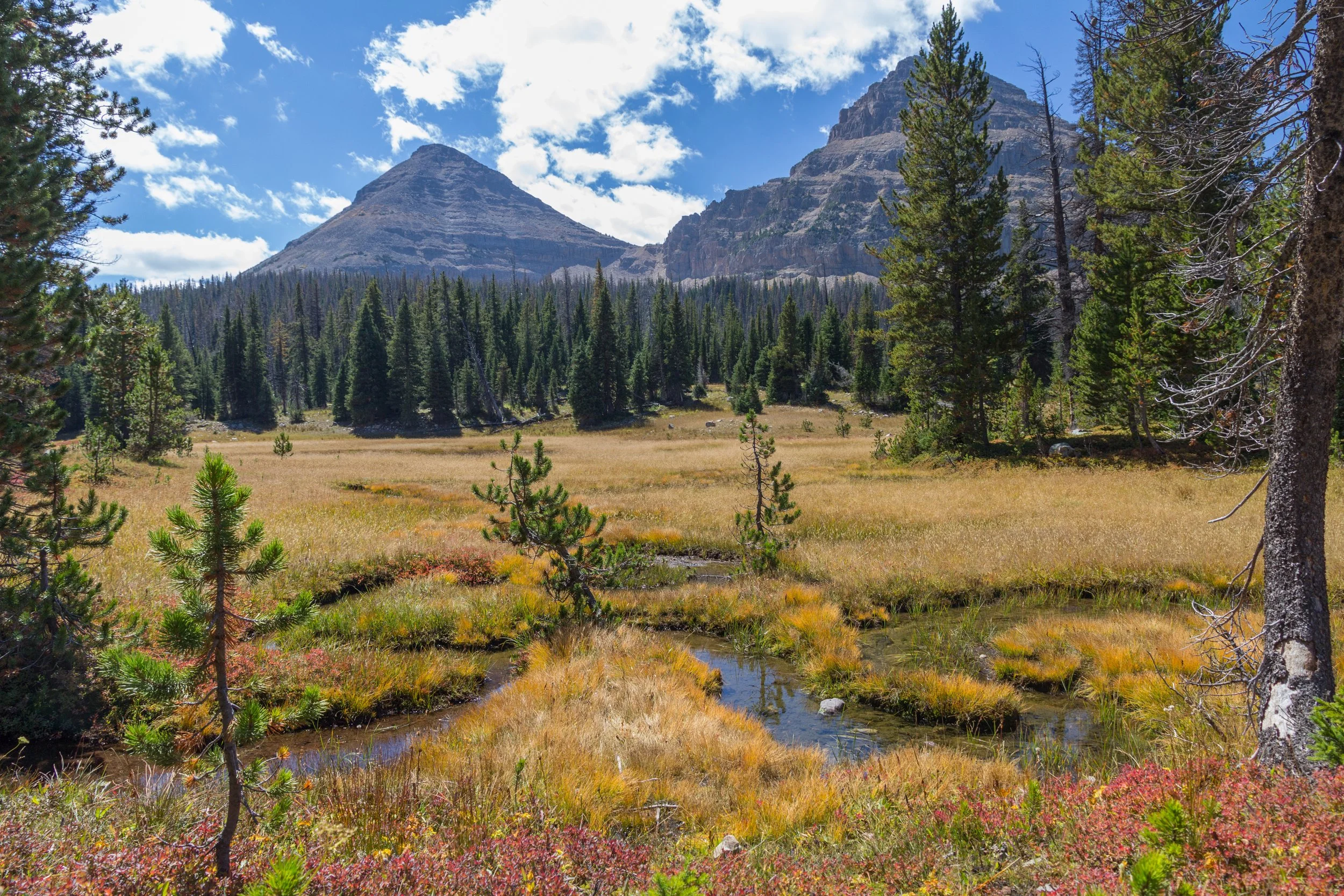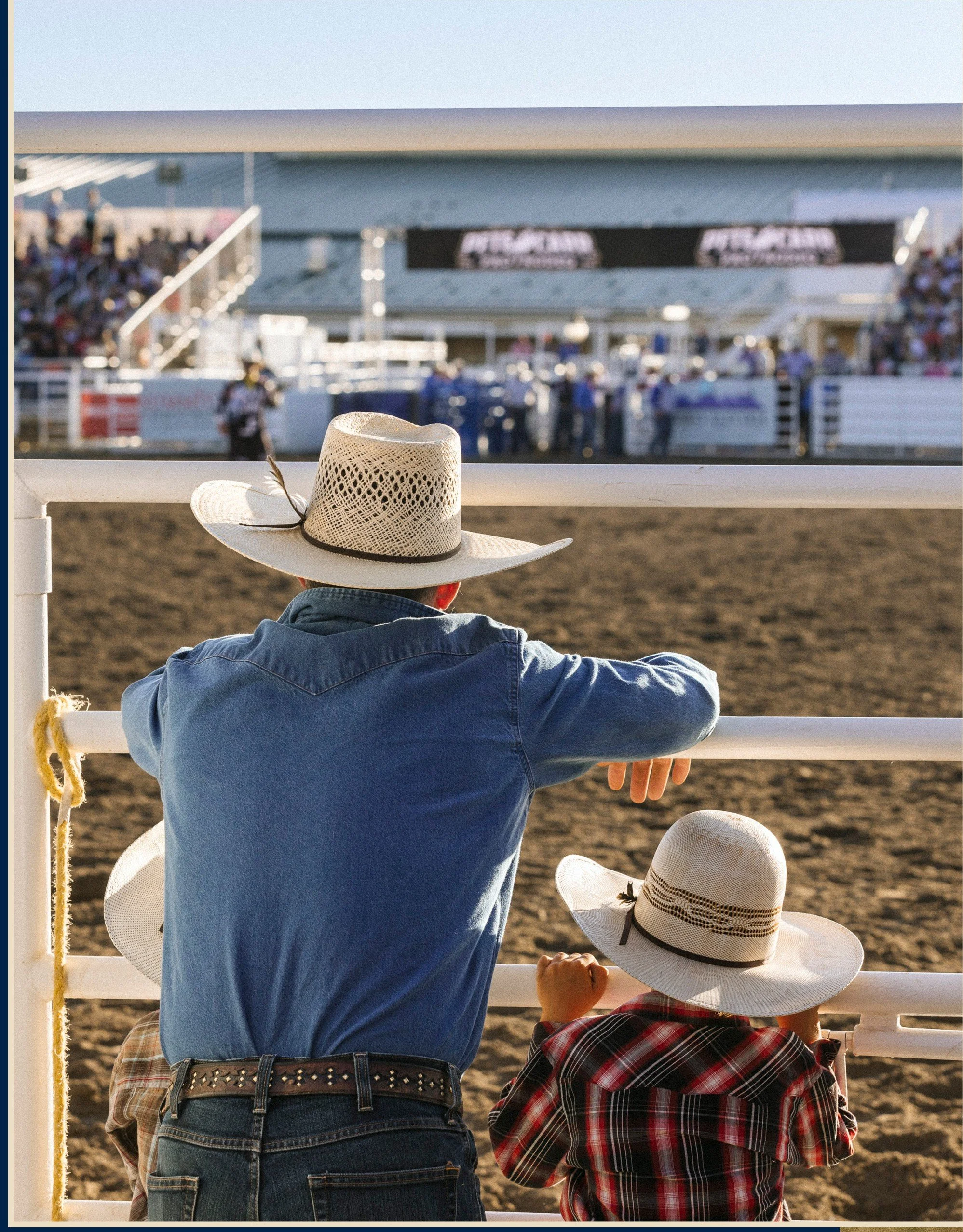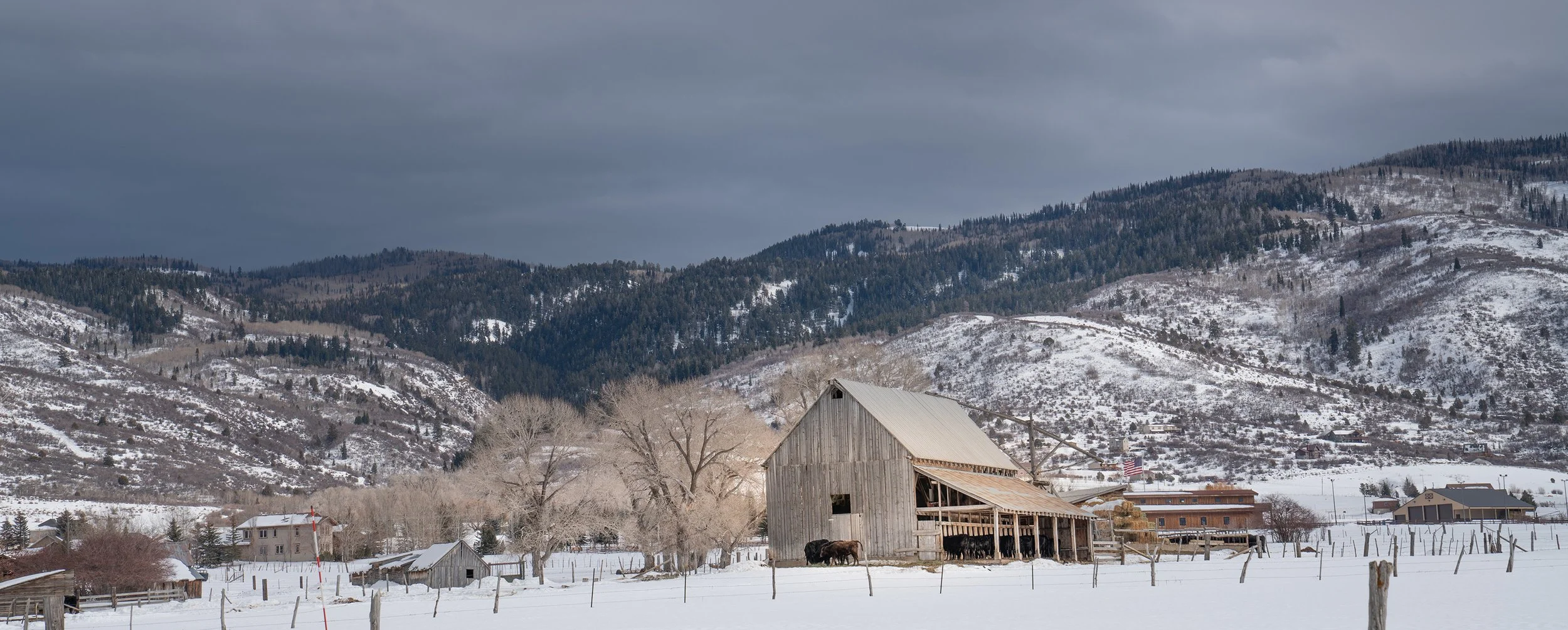Kamas Valley
Then & Now

At a Glance
Located in Eastern Summit County
Settled in 1859
Includes the towns of Francis, Oakley, Kamas, Marion, Woodland, and Peoa
Main industries are ranching and lumber
Elevation 6, 690 feet
Population 6,025 (2023 data)
Average Sold Price/SF: $490.00
Average Sold Home Price: $1,446,620
South Summit School District
Gateway to the Uintahs
Just 15 minutes east from Park City lies the sleepy yet thriving community of Kamas Valley, a rolling, lush, rural and mountainous landscape peppered with working ranches juxtaposed with elaborate estates and shared equally by original farming families and celebrities looking for an anonymous respite from their alter ego and Hollywood lifestyles.
The Kamas Valley encompasses the independent towns of Kamas, Francis, Oakley, Marion, Woodland and Peoa.
Lovingly referred to as the “Gateway to the Uintahs” this serene valley is the pilgrimage of weekend warriors road tripping to thousands of acres of classic all-season Utah adventures, from rafting and fly fishing its abundant rivers to camping, hiking, boating and winter fetishes like backcountry and heli-skiing, Nordic and cross-country skiing, dog sledding, and snowmobiling.
Historically the valley was once inhabited by various Native American groups, including Ute, Shoshone, and Snake peoples. Later, fur traders and mountain men explored the area, followed by settlers who established trading posts and eventually formed towns like Kamas. Later, Mormon Pioneers discovered the lush soil and settled in the area to raise their families and their livestock. The valley is home to many residents of Dutch and Swedish descent.
Kamas History
Kamas derives its name from Camassia quamash, a flowering grass that grows in the region and was a source of food for Native Americans.
Kamas was inhabited intermittently by several Native American ethnic groups, including members of the Ute, Shoshone, and Snake tribes. The first permanent settlements in the valley are believed to have been built by Mormon pioneers, including Abraham Marchant, John Lambert, and John Pack, who settled under the direction of Brigham Young.
One prominent figure in Kamas folklore history is Thomas Rhoads. According to legend, guides from a local Ute Tribe revealed to Rhoads the location of a gold mine from which he was allowed to take gold to assist in the construction of the Salt Lake Temple. The only condition the Ute guides gave for revealing the mine's location was that Rhoads not reveal it to anyone else. He adhered to the terms of this agreement until his death. “Rhoads Mine" is now considered lost, but its legend survives in several books on the topic.

Oakley History
The valley was inhabited by Ute Indians before the coming of Mormon pioneers. A historical monument erected in 1939 across the street from the current town hall by the Daughters of the Utah Pioneers honors the habitation of the Utes. "This valley, settled by Thomas Rhoades in 1858, was a summer paradise for Indians who came to hunt, fish and gather wild fruit and sego bulbs. The Weber River Indian Trail skirted the east foothills to Oakley Canyon, crossed the river at the Old Kamas Ford, 3 1/2 miles east of here, running thence to Henry's Fork, and to Brush Creek, in the eastern Uinta Mountains. This trail was used by Indians, Scouts and Pioneers, and is marked in part by roads today."
A Mormon pioneer, Parley P. Pratt, was sent to this valley from Salt Lake City by Brigham Young in 1850 to check on the possibility of establishing settlements along the Weber River and the nearby Provo River. His report was, ". . . a good valley, abundant grass and plenty of water".
The first white man to winter there, in 1853, was Thomas Rhodes. An explorer, trapper, prospector, part-time farmer, and close friend of Brigham Young, he was occasionally called from his California prospecting by Brigham Young when there was a need for money for the church. Rhodes would disappear for a week or so into the Uinta Mountains and return with a supply of gold.
Modern-day, Oakley is most known for its annual Oakley rodeo, held each year on the Fourth of July weekend. This rodeo, sanctioned by the Professional Rodeo Cowboys Association, will celebrate its 95th anniversary in 2005 with the opening of a $3 million, 6,000-seat arena. A large town park surrounds the rodeo grounds, hosting softball, baseball and soccer tournaments throughout the summer, with Ute League football in the fall and recreational soccer in the spring. Oakley has two eating establishments, the locally owned Polar King and the historic Oakley Diner, a former train car made into a restaurant that is on the U.S. National Register of Historic Places.

Woodland History
Woodland was first settled along the Provo River by Hans Larsen(1861). In 1864, Larsen donated a portion of land to the LDS Church in order to build a meeting house, which he would construct. Larsen chose the name Woodland in recognition of the large timbers and railroad ties harvested from the area. Woodland was officially recognized as a Utah Territory settlement in 1867.

Summit and Wasatch County Ski Areas
Mirror Lake Highway and Kamas Nordic Trails
All Utah Resorts:
Ski Utah

Kamas Valley Public Schools

Like what you see?
Find local properties for sale in Kamas Valley











